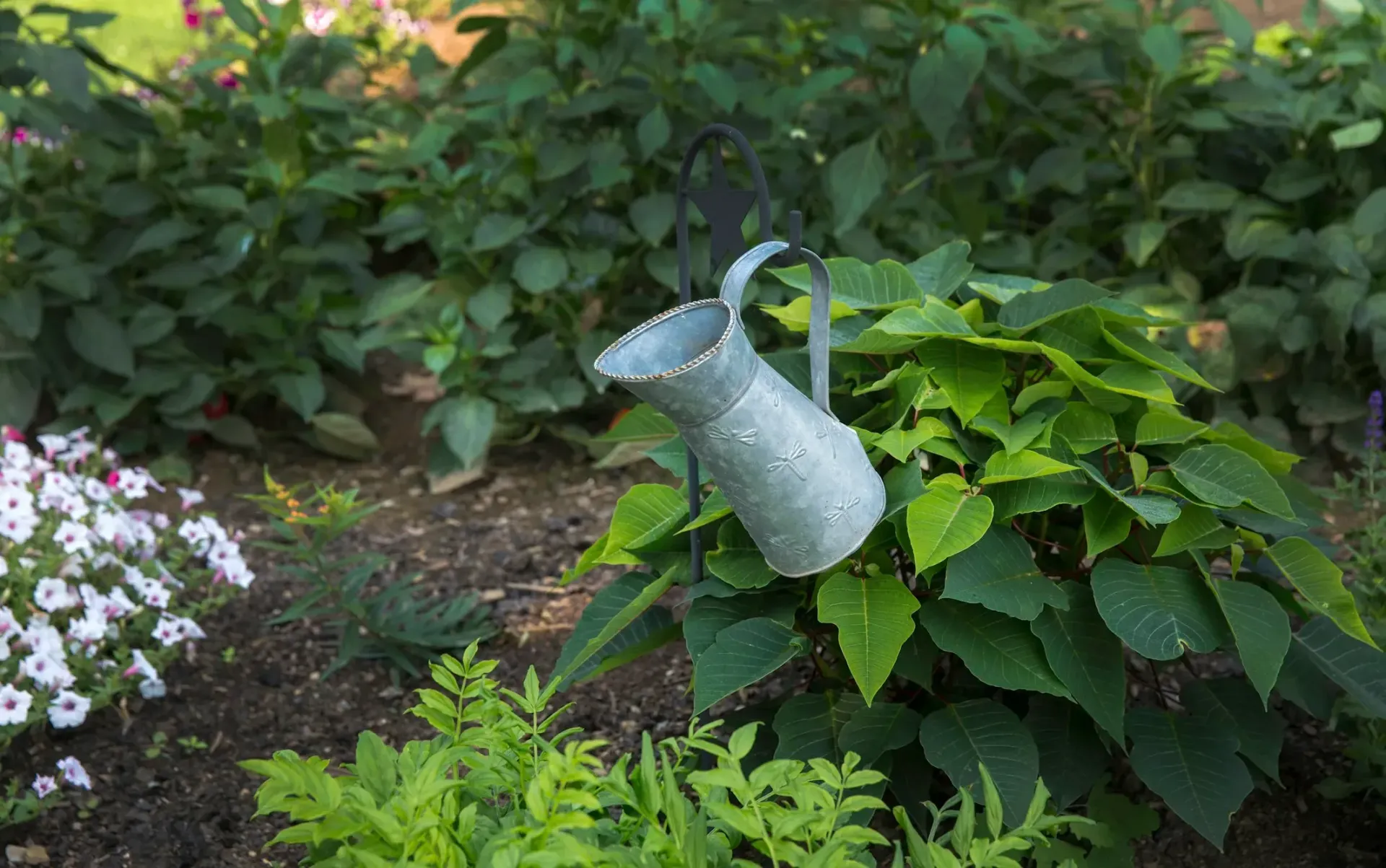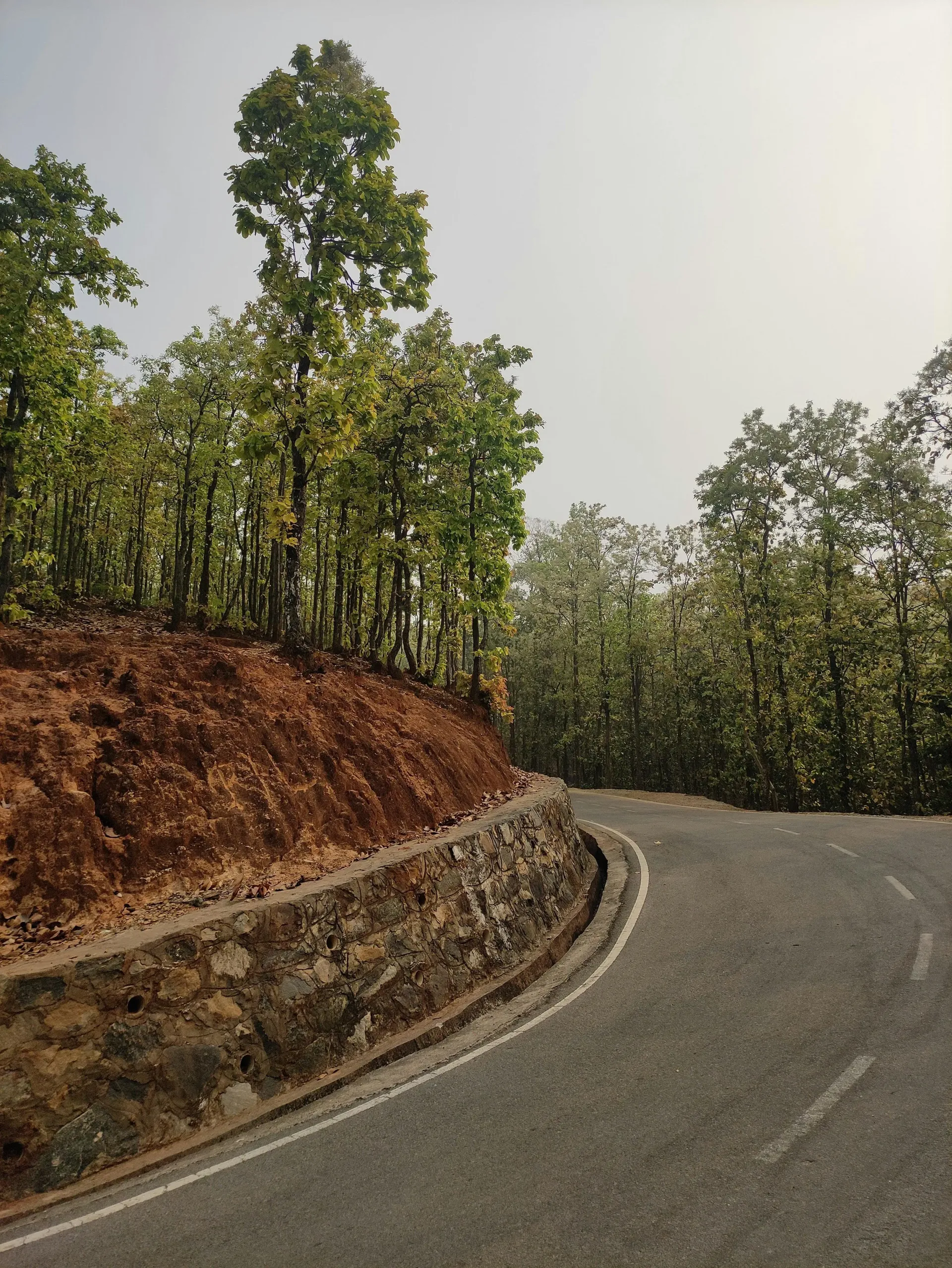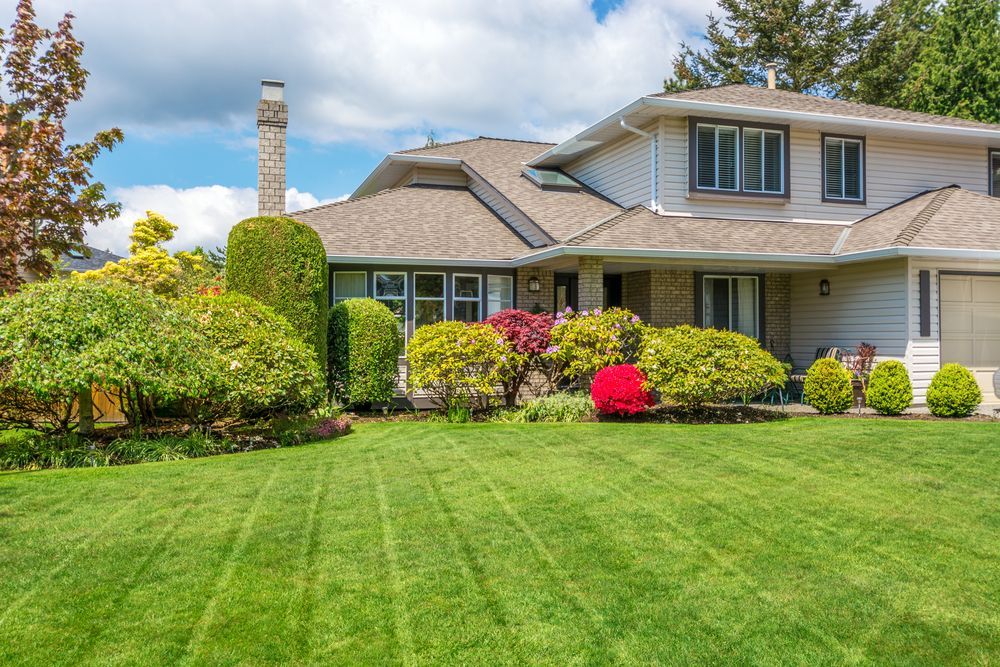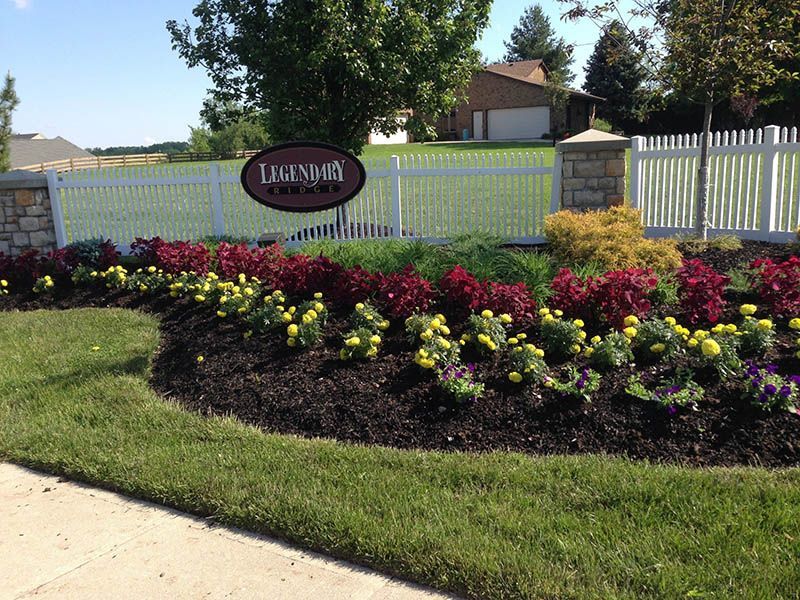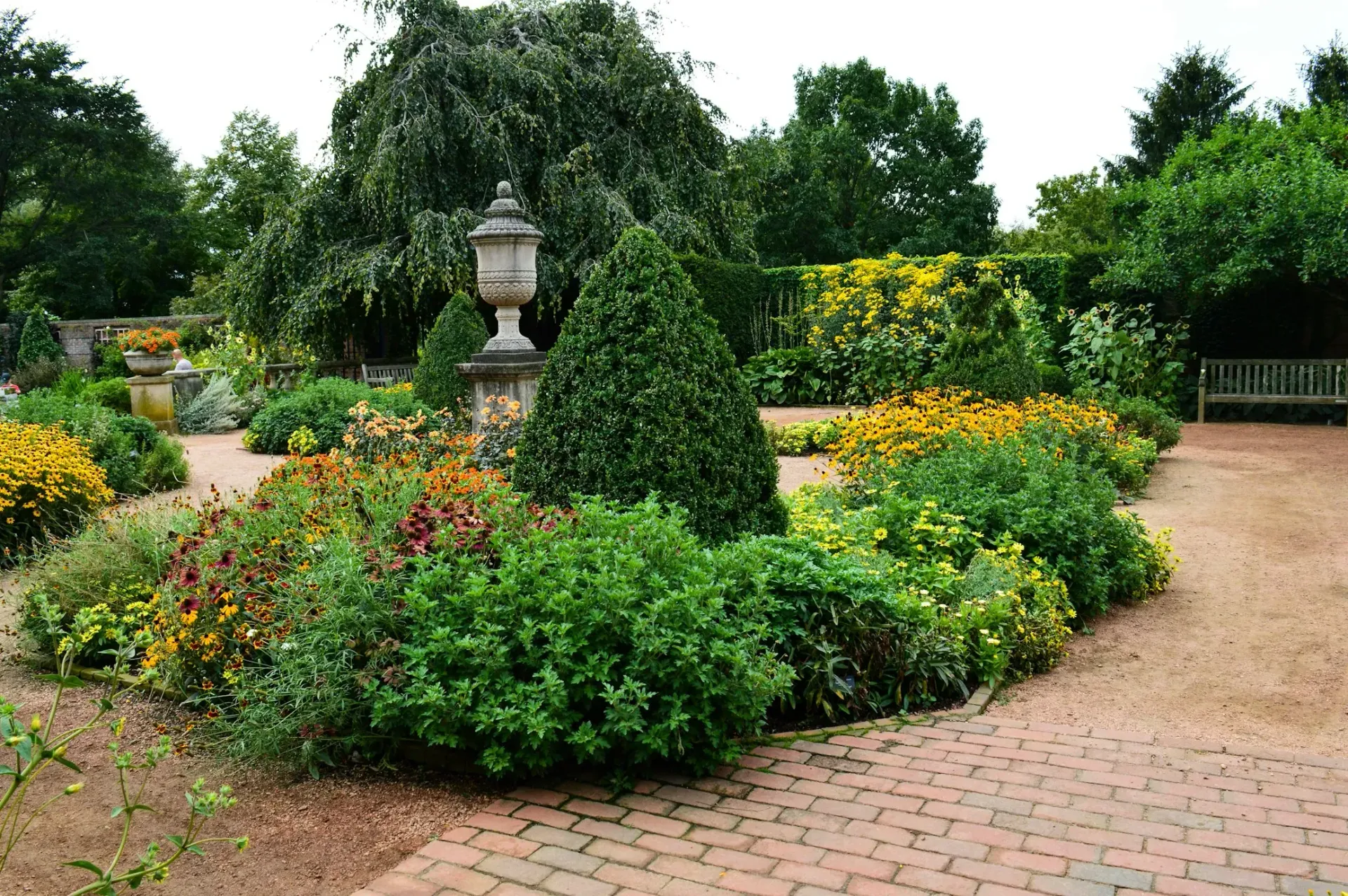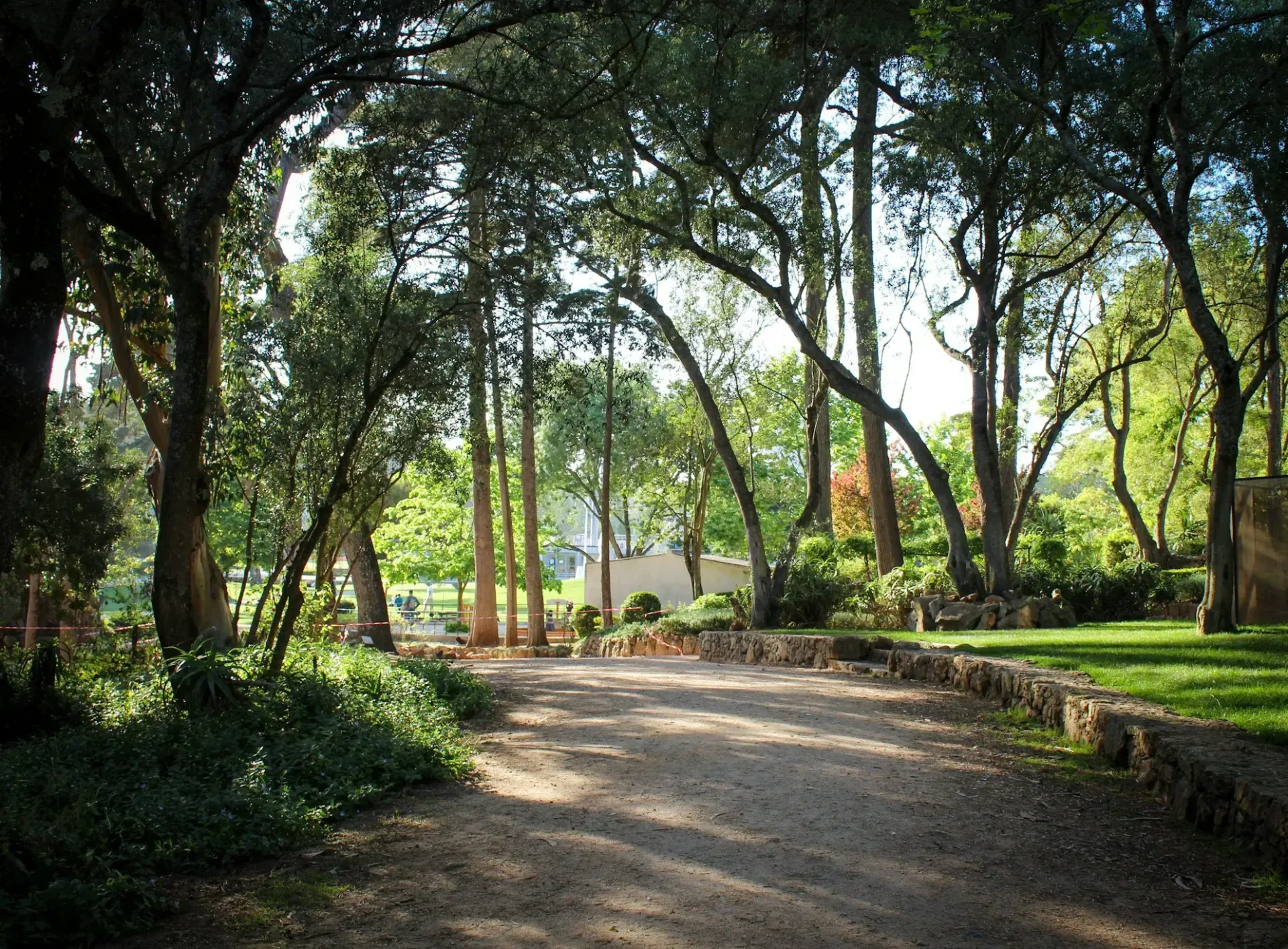
How Much Is a Retaining Wall? A Comprehensive Cost Guide
Retaining walls are key for handling landscapes, stopping soil erosion, and making useful outdoor spaces. Whether you're setting one up for practical reasons or to improve your yard's look, knowing the costs is crucial. This guide breaks down the expenses, so you can make smart choices about your retaining wall project.
Factors Influencing the Cost of a Retaining Wall
The cost of building a retaining wall can vary a lot. Several things affect the final price:
- Material: The type of material you choose matters a lot. Common options include concrete, wood, and stone.
- Wall Height and Length: Taller and longer walls need more materials and labor, which raises the cost.
- Site Preparation and Soil Conditions: Getting the site ready and dealing with soil issues can add to the expense.
- Labor Costs: Hiring professionals involves labor costs, which can change depending on where you live and who you hire.
- Additional Features: Things like drainage systems, permits, and decorative finishes can increase the total cost.
How Much Does a Retaining Wall Cost?
When figuring out how much a retaining wall costs, it's important to look at different factors. Here's a breakdown:
Average Cost Range per Square Foot
On average, building a retaining wall costs between $20 and $50 per square foot. This range depends on the materials and the complexity of the project.
Detailed Cost Breakdown by Material
- Concrete Retaining Wall Cost: Concrete walls are durable and strong. They usually cost between $30 and $40 per square foot.
- Wood Retaining Wall Cost: Wood walls are cheaper but don't last as long. They cost around $20 to $25 per square foot.
- Stone Retaining Wall Cost: Stone walls look natural and blend well with landscapes. They are more expensive, costing between $25 and $50 per square foot.
- Other Materials: There are other materials like brick and gabion, with costs varying based on availability and design.
Installation Costs
Labor costs can add significantly to the total expense. Professional installation might cost an extra $10 to $30 per square foot.
Maintenance Costs
Don't forget about maintenance. Concrete and stone walls need less upkeep, while wood walls might need regular treatments or replacements over time.
For more information on different types of retaining walls, visit our guide on the best types of retaining walls in Cincinnati, Ohio.
Retaining Wall Cost Examples
Understanding real-life examples can help you get a clearer picture of what to expect. Here are a few scenarios:
Example 1: Small Garden Retaining Wall
- Material: Wood
- Size: 20 feet long, 3 feet high
- Cost Breakdown:
- Material Cost: $20 per square foot x 60 square feet = $1,200
- Labor Cost: $15 per square foot x 60 square feet = $900
- Total Cost: $2,100
Example 2: Mid-Sized Backyard Retaining Wall
- Material: Concrete
- Size: 30 feet long, 4 feet high
- Cost Breakdown:
- Material Cost: $35 per square foot x 120 square feet = $4,200
- Labor Cost: $20 per square foot x 120 square feet = $2,400
- Total Cost: $6,600
Example 3: Large Landscape Retaining Wall
- Material: Stone
- Size: 50 feet long, 6 feet high
- Cost Breakdown:
- Material Cost: $40 per square foot x 300 square feet = $12,000
- Labor Cost: $25 per square foot x 300 square feet = $7,500
- Total Cost: $19,500
These examples show how the size and material of your wall can impact the overall cost. It’s always a good idea to get multiple quotes from contractors to find the best deal for your specific needs.
DIY vs. Professional Installation
When it comes to building a retaining wall, you have two main options: doing it yourself or hiring a professional. Each choice has its pros and cons.
DIY Installation
Pros:
- Cost Savings: You can save a lot of money on labor by doing the work yourself.
- Control: You have complete control over the project, including the timeline and materials used.
- Learning Experience: It can be a rewarding experience to build something with your own hands.
Cons:
- Skill Level: Building a retaining wall requires knowledge and skills. Mistakes can lead to costly repairs.
- Time-Consuming: DIY projects can take a lot of time, especially if you're not experienced.
- Tools and Equipment: You might need to buy or rent specialized tools, which can add to the cost.
Professional Installation
Pros:
- Expertise: Professionals have the skills and experience to build a durable and effective retaining wall.
- Efficiency: A professional crew can complete the project faster than a DIY approach.
- Quality Assurance: Professional contractors often provide warranties on their work.
Cons:
- Higher Cost: Hiring professionals is more expensive due to labor costs.
- Less Control: You might have less control over the timeline and some aspects of the project.
In many cases, the complexity of the project and your comfort level with DIY tasks will determine the best approach. For larger or more complex retaining walls, professional installation is usually the better choice.
Tips for Saving Money on Retaining Wall Construction
Building a retaining wall can be expensive, but there are ways to keep costs down. Here are some tips to help you save money:
Choose Cost-Effective Materials
- Concrete Blocks: These are often cheaper than natural stone but still provide a durable and attractive option.
- Pressure-Treated Wood: This is less expensive than other materials, but remember it may need more maintenance.
- Gabion Walls: These are made of wire cages filled with rocks and can be a budget-friendly and effective option.
Plan Efficiently
- Proper Design: A well-planned design can minimize waste and reduce material costs. Make sure to plan the height and length accurately.
- Straight Lines: Straight walls are generally cheaper to build than curved ones.
- Site Preparation: Do as much site preparation yourself as possible to save on labor costs.
Get Multiple Quotes
- Compare Contractors: Don’t settle for the first quote you get. Compare prices from several contractors to find the best deal.
- Ask for Discounts: Sometimes contractors offer discounts for larger projects or if you’re flexible with the timeline.
DIY Parts of the Project
- Partial DIY: You can save money by doing some parts of the project yourself, like clearing the site or adding decorative elements.
- Simple Projects: If your project is small and simple, consider doing it entirely on your own to save on labor costs.
Look for Sales and Discounts
- Buy in Bulk: Purchasing materials in bulk can reduce costs.
- Seasonal Sales: Look for sales on materials during off-peak seasons.
By using these tips, you can significantly reduce the overall cost of your retaining wall project without sacrificing quality.
Conclusion
Building a retaining wall is an investment in both function and aesthetics. While costs can vary based on materials, size, and labor, understanding these factors can help you plan effectively and manage your budget. Whether you opt for a DIY approach or hire professionals, proper planning and smart choices can ensure your retaining wall stands the test of time.
Ready to enhance your outdoor space with a beautiful and functional retaining wall?
Look no further than Chip's Landscaping.
Based in Cincinnati, Ohio, Chip's Landscaping offers top-notch services in landscaping, irrigation, and retaining wall construction. Their skilled team is dedicated to quality craftsmanship and creating outdoor environments that blend seamlessly with nature.
Contact Chip's Landscaping today to get a quote and start transforming your outdoor space!

